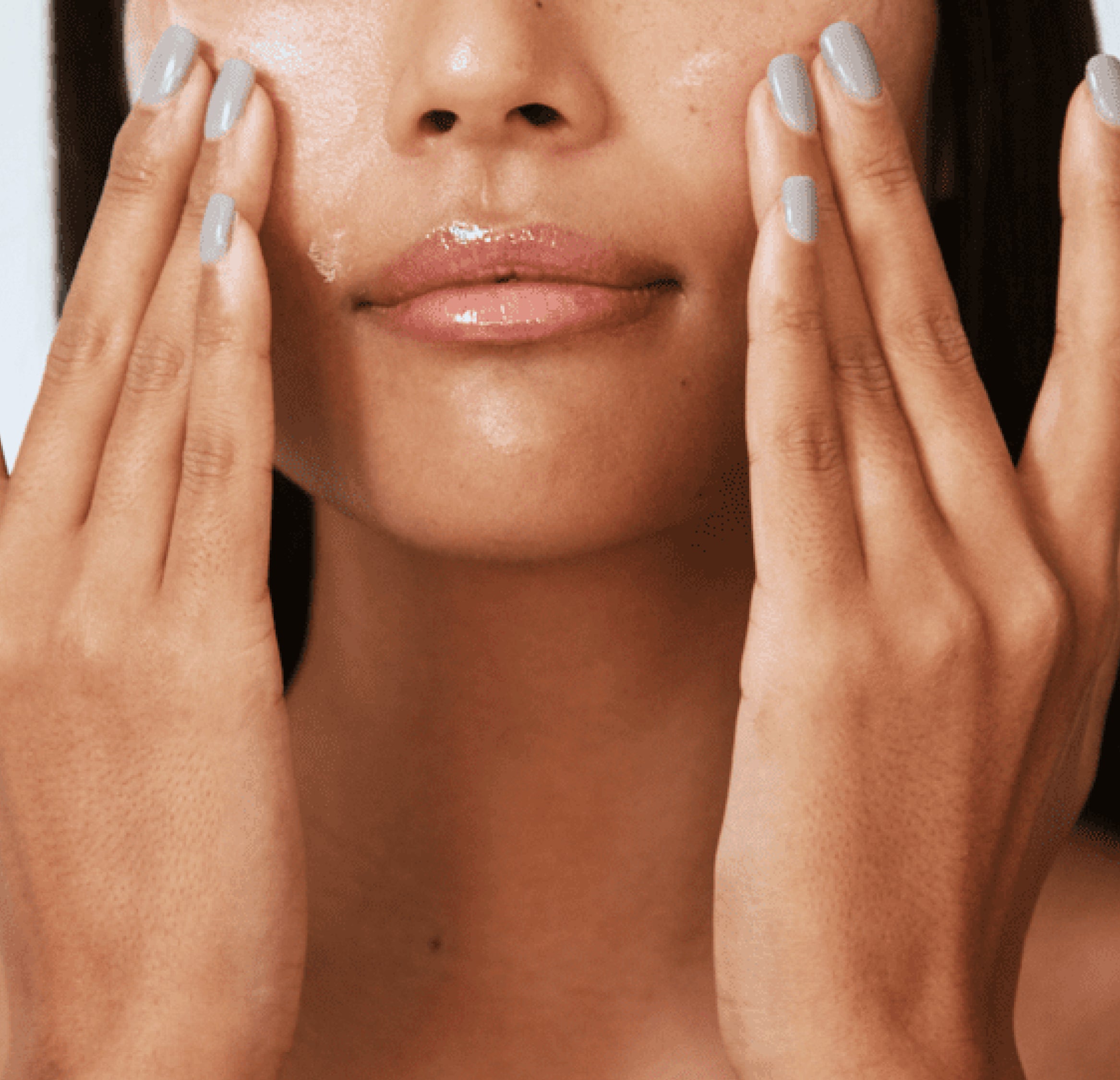⋆⋆⋆⋆⋆
- Elsie
| 0.5oz | All Skin Types | Anti-Aging, Dry Skin, Fine Lines & Wrinkles, Thinning Skin |
A targeted solution for rejuvenating the delicate eye area. Its formula is designed to tighten, smooth, and brighten, effectively minimizing the appearance of dark shadows and fine lines, including crow's feet. This soft gel nourishes and hydrates, enhancing blood circulation for a firmer, more radiant, and youthful appearance around the eyes.

AM or PM After cleansing, toning, and applying serum and cream, apply a pea size amount on your ring finger. Gently tap in that semi-circle pattern to stimulate circulation until the product is fully absorbed.
Everyday | Morning or Night
Caviar Extract, a luxurious ingredient, is rich in vitamins, minerals, and amino acids that nourish and regenerate the skin. Known for its anti-aging properties, it enhances skin firmness, texture, and hydration, offering a youthful glow.
Astaxanthin, a powerful carotenoid pigment derived from marine algae, boasts potent antioxidant properties that exceed those of Vitamin E. It protects the skin from UV damage, reduces signs of aging, and improves skin moisture levels and elasticity.
Palmitoyl Tripeptide-38, a cutting-edge peptide, works deep within the skin to stimulate collagen production and repair the cellular matrix, significantly reducing the appearance of fine lines and wrinkles for a smoother, more youthful complexion.
Ascorbyl Palmitate, a fat-soluble form of Vitamin C, is an antioxidant that helps to neutralize free radicals and brighten the skin. It stimulates collagen production, reduces the appearance of fine lines, and protects the skin from environmental damage.
Ginkgo Biloba Nut Extract, rich in antioxidants, protects the skin from environmental stressors and enhances blood circulation. It contributes to improved skin health, reducing signs of aging and promoting a more vibrant, youthful look.





- Elsie